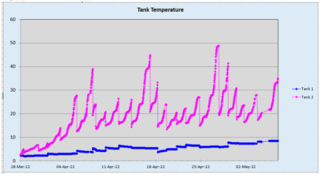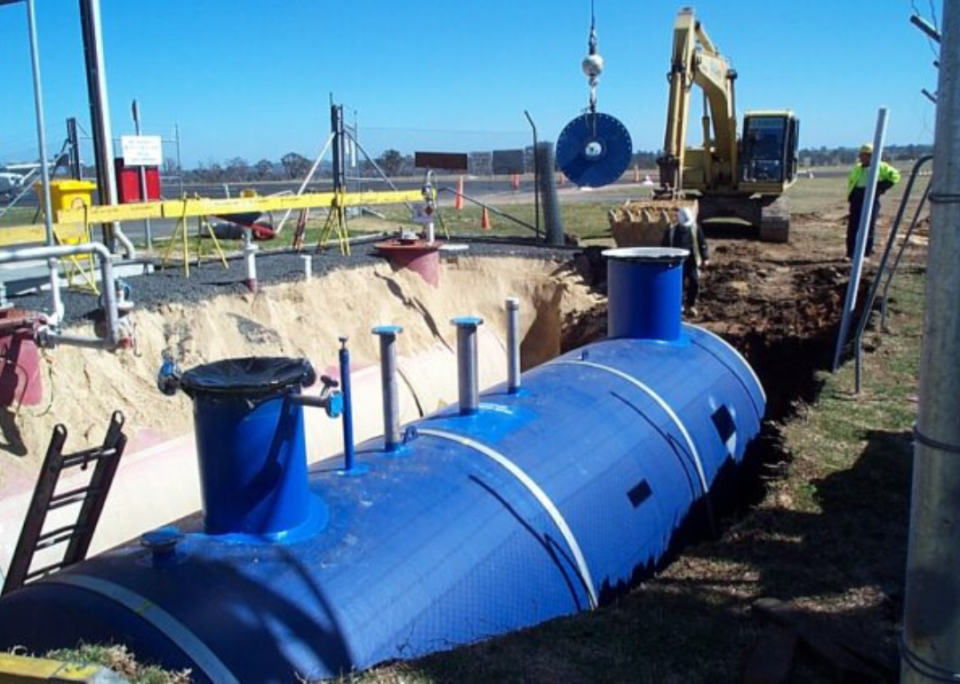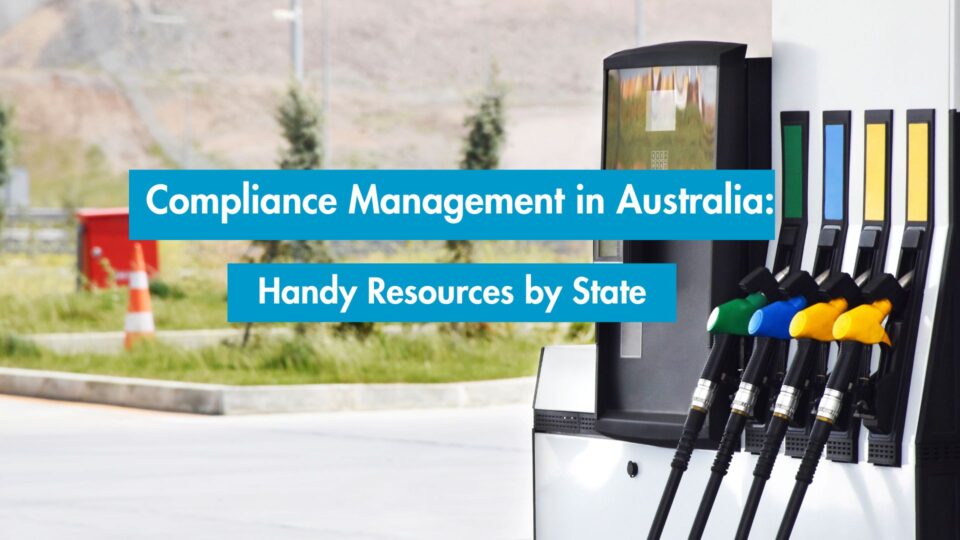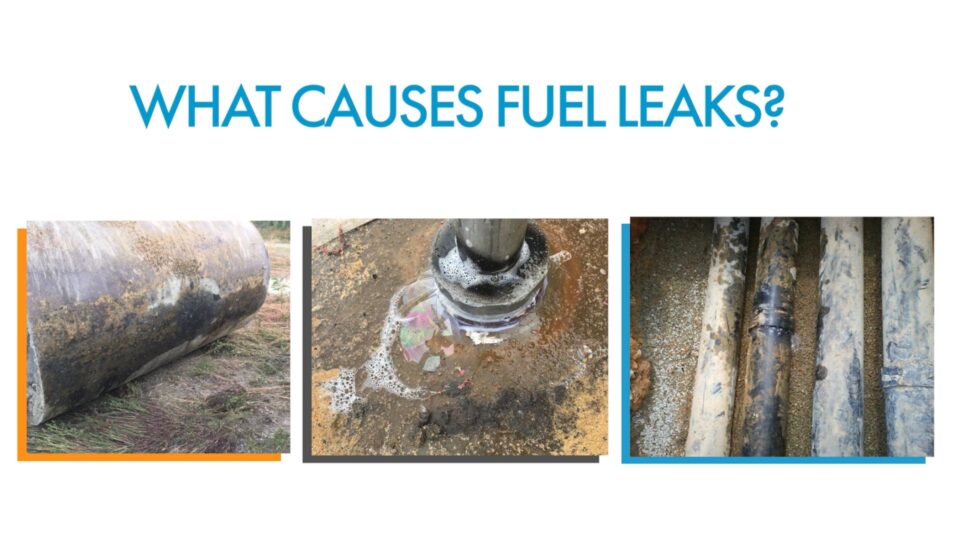- 11.10.2022
- Compliance Plus, Tank & Line Testing, iHUB
Temperature impact on fuel variances and how to manage it
News
Temperature impact on fuel variances and how to manage it
In many cities around the US & Europe last summer was hotter than ever before with heat waves and temperatures soaring above 38C (100F). What will winter be like in these areas? And how will the upcoming summer be in countries such as Australia or New Zealand?
Depending on where you are based, before the hottest/coldest months of the year arrive, it is worth remembering that temperature can be a big deal when it comes to fuel.
Why? Well, it’s no secret that fuel expands or contracts depending on temperature and having very hot fuel going into the tank causes anomalies and deviations.
If the outside temperature is higher than the temperature in the UST, the fuel that is delivered will have expanded because of the heat. As a result, once it goes into the tank and cools down, the volume will shrink, resulting in the appearance of loss.
The challenge for fuel retailers is understanding why this deviation has happened and being able to identify how much of the variance was caused by temperature.
There are many causes of fuel losses: line or tank leak, inaccurate tank calibration, temperature changes, meter over-dispensing, theft, evaporation or delivery shortages. While fuel temperature is an element that is out of your control, by understanding its impact you can focus on the areas that you can control.
As a reference, the image below shows 2 tanks with 2 different products, but when deliveries occur in one, there is a much larger temperature difference, which illustrates how dynamic temperature can be.

At Leighton O’Brien we help our customers understand exactly what is causing a fuel loss:
➡️ Using analytics, we can know exactly which % of that variance was caused by fuel temperature. We analyze seasonality, variance reduction and proper allocation.
➡️ Having this understanding is critical. Assuming that a loss is caused by temperature impact can hide serious issues like leaks, theft, delivery shortages, hardware problems, or meter over-dispensing.
➡️ The ultimate goal is to understand which actions you should take to modify the variances that you can control, by removing the noise caused by temperature variations.
This information is available in iHUB, our fuel management platform.
iHUB provides a centralized, digitally integrated approach to fuel and asset management using AI and machine learning capabilities. It enables you to leverage all your environmental compliance, fuel inventory, wetstock and alarm data via a single interface, providing actionable insights at your fingertips.
If you’d like to find out more about it and how it can help you to make informed decisions, contact us.









